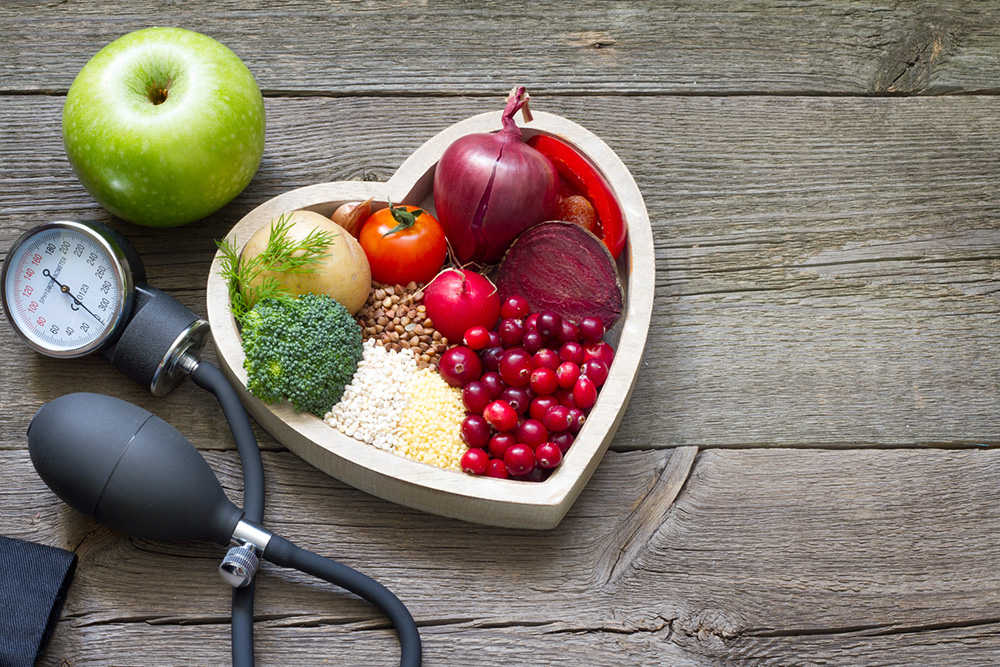
5 Dietary Changes to Lower Cholesterol
Cholesterol has necessary functions in the body like producing hormones. On the other hand, high levels of Low-Density Lipoprotein (LDL) cholesterol increases the chances of plaque buildup in the arteries, which can clog the arteries and lead to heart disease. While cholesterol medications can be prescribed, following a high-cholesterol diet simultaneously will negate the efforts of taking these medicines. What you need is a diet that will help maintain healthy cholesterol levels in the body.
Here are some dietary changes to make in order to ensure healthy cholesterol levels and prevent the risk of heart disease:
1. Say no to trans fats
In case you are wondering what trans fats are, they are listed as “partially hydrogenated vegetable oils” on packaged foods. Foods that contain trans fats include readymade cakes, cookies, and similar products. Look for labels of products that do not list “partially hydrogenated vegetable oils” as one of their ingredients or opt for homemade versions of these foods to keep health issues at bay.
2. Increase the intake of omega-3 fatty acids
Omega-3 fatty acids are really good for your heart and are known to reduce blood pressure levels. You can add Omega-3 fatty acids to your diet through flax seeds, kidney beans, walnuts, chia seeds, seaweed, and soya oil to increase the levels of healthy fats.
3. Reduce the consumption of saturated fats
Saturated fats heavily contribute to the buildup of bad cholesterol in the body. Full-fat milk products are very high in saturated fats and are a significant part of the vegetarian diet, leading to health issues from a high-cholesterol diet. Other foods high in saturated fats are coconut oil, palm oil, and cocoa butter. Reducing the consumption of saturated fats and replacing them with healthier alternatives like olive oil is best to avoid a high-cholesterol diet.
4. Include whey protein in your diet
Adding whey protein to your diet works wonders for improving heart health by lowering bad cholesterol (LDL) levels. Whey protein is found in milk products like low-fat milk, low-fat yogurt, kefir, and cheese. As full-fat milk can raise cholesterol levels, the rule of thumb is to consume milk products in their low-fat form. If you are lactose intolerant, you can ask your doctor for a whey supplement to add to your diet.
5. Add some soluble fiber foods
Soluble fiber foods work to reduce the absorption of cholesterol into your blood. Foods that are part of this category are barley, rice bran, oat bran, apples, pears, kidney beans, beans, strawberries, and citrus fruits like oranges.
6. Additional tips to help lower cholesterol
While changing your diet habits forms an important part of lowering cholesterol levels, there are certain other lifestyle changes that must also be made to avoid high-cholesterol issues:
- Avoid smoking to improve your good cholesterol (HDL) levels
- Exercise everyday for at least 20 to 30 minutes
- Lose weight to improve your heart health
- Avoid alcohol consumption


